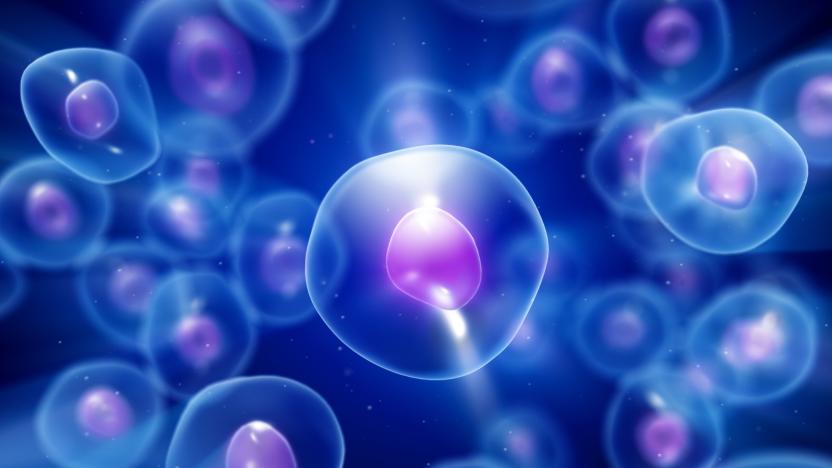biocomputer
Latest

Scientists turn human kidney cells into tiny biocomputers
A team of scientists from Boston University have found a way to hack into mammalian cells -- human cells, even -- and make them follow logical instructions like computers can. While they're not the first researchers to program cells to do their bidding, previous successful studies mostly used Escherichia coli, which are much easier to manipulate. These researchers were able to program human kidney cells into obeying 109 different sets of instructions, including responding to particular environmental conditions and following specific directions.

Biological computer can decode images stored in DNA chips, applications remain unclear
Scientists from the Scripps Research Institute and Technion–Israel Institute of Technology have taken biological computing one step further, with a new molecular machine capable of decoding images stored on a DNA chip. Though it's referred to as a "biological computer," the researchers' machine isn't much like a CPU at all -- unless your CPU was manufactured in a test tube filled with a smoothie of DNA molecules, enzymes and ATP. Once they found the right mix, the team proceeded to encrypt images on a DNA chip and used their Turing machine-like creation to decode them, with fluorescent stains helping to track its progress. The above image, read from left to right, gives a more literal idea of what the system can do -- basically, it takes a hidden image and extracts a given sequence. Storing data on DNA isn't anything new, but decrypting said data in this fashion apparently is. The applications for this kind of organic computing remain a bit fuzzy, but it's pretty clear that whatever follows probably won't look anything like a typical computer. The team's findings were recently published in a paper for the journal Angewandte Chemie, the abstract for which is linked below. For a slightly more readable explanation, check out the full press release after the break.

